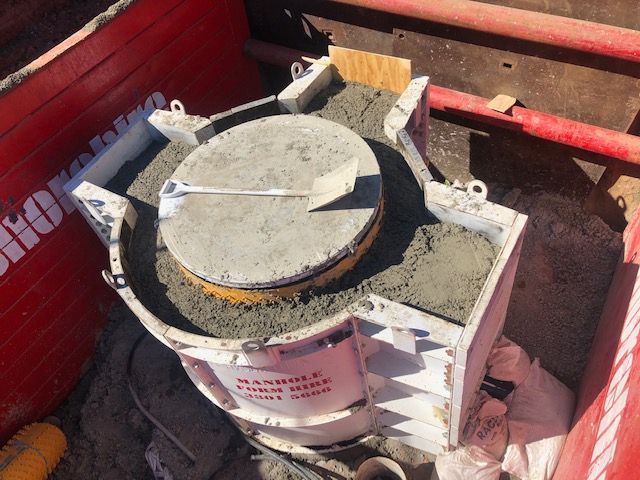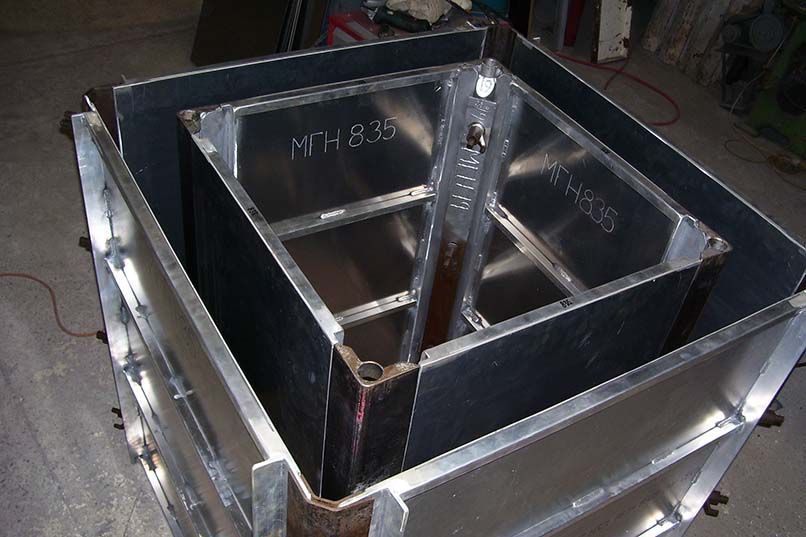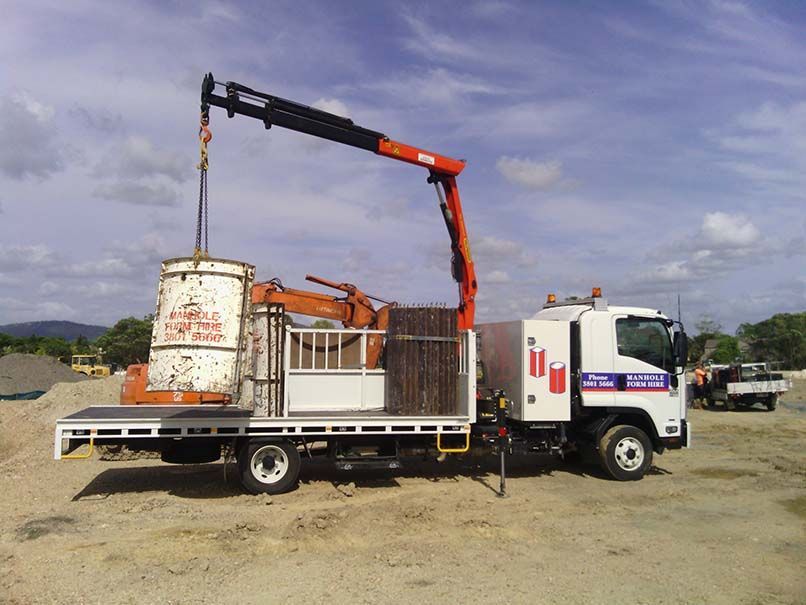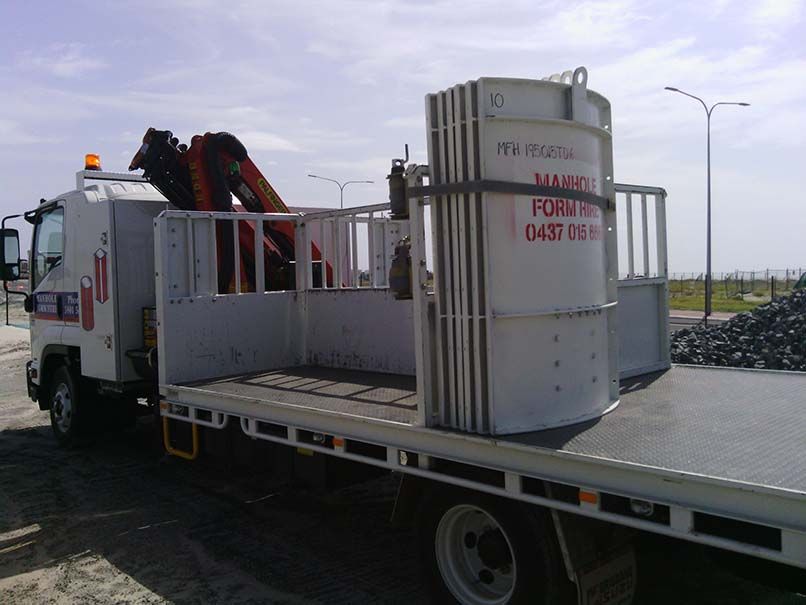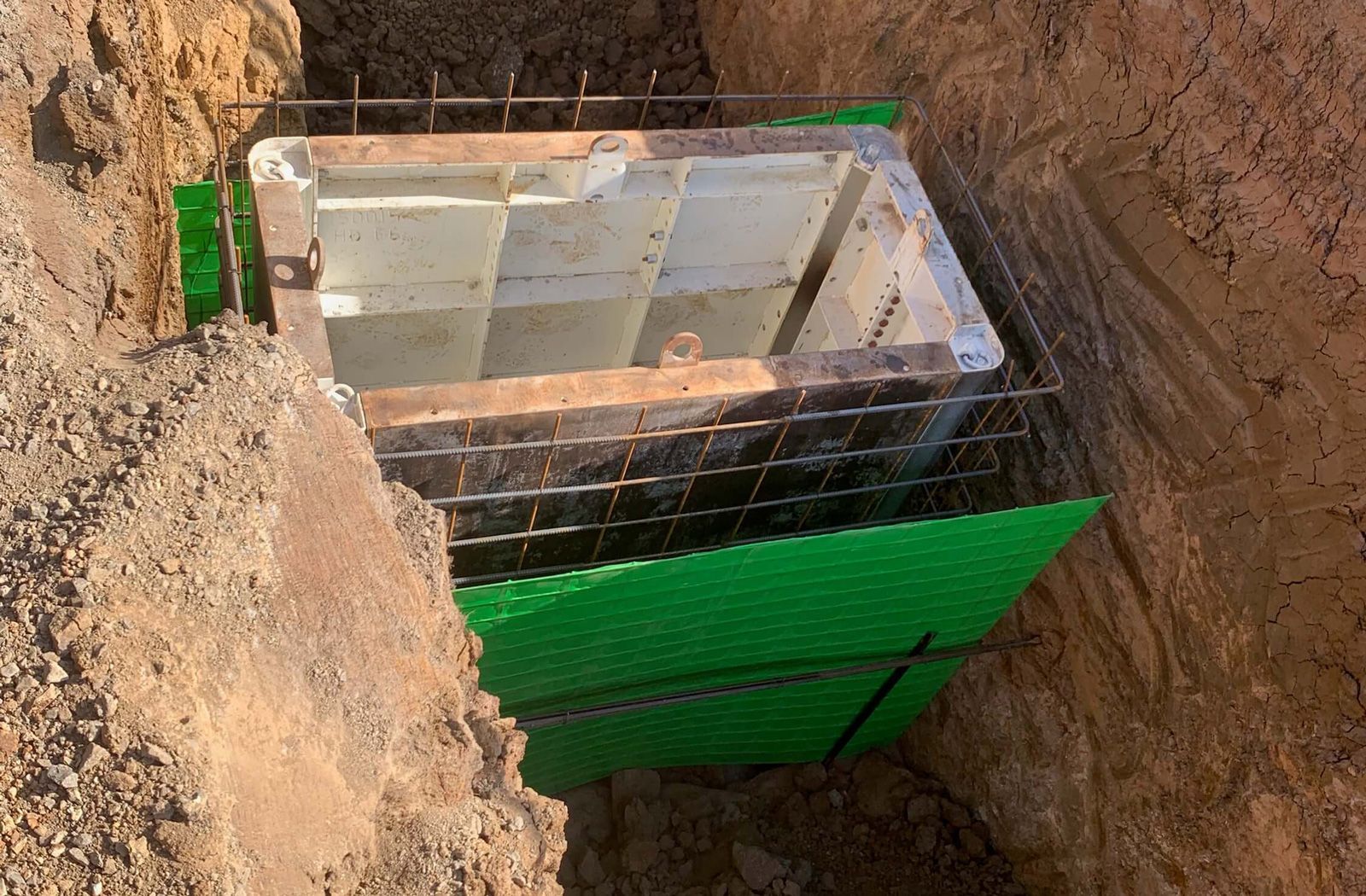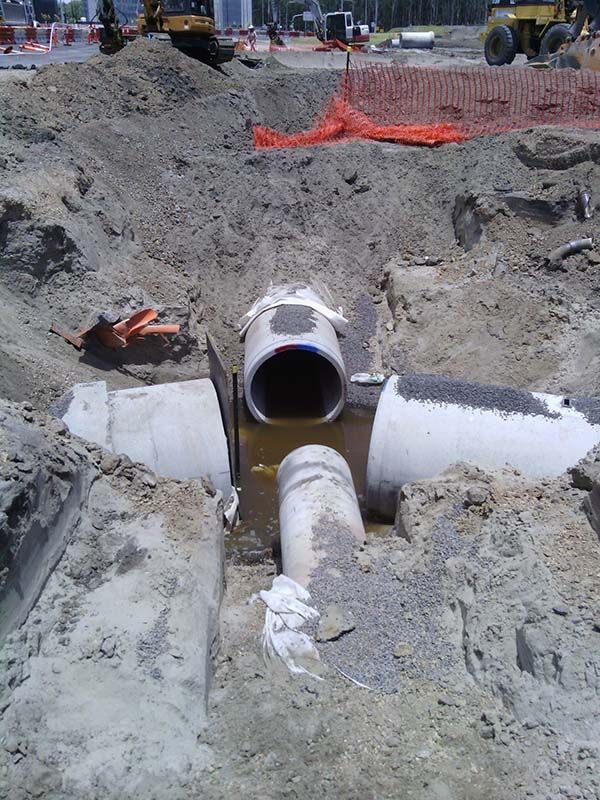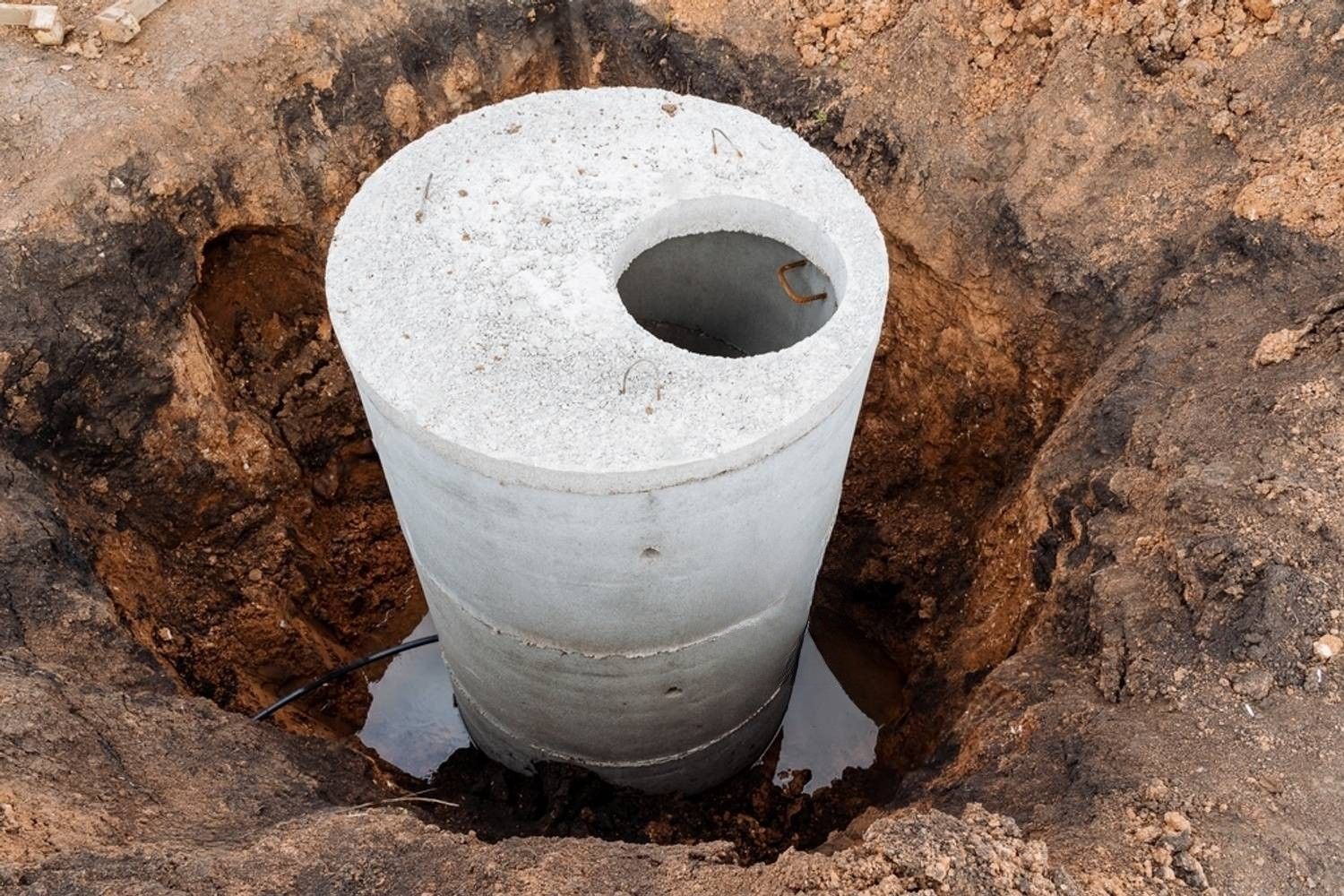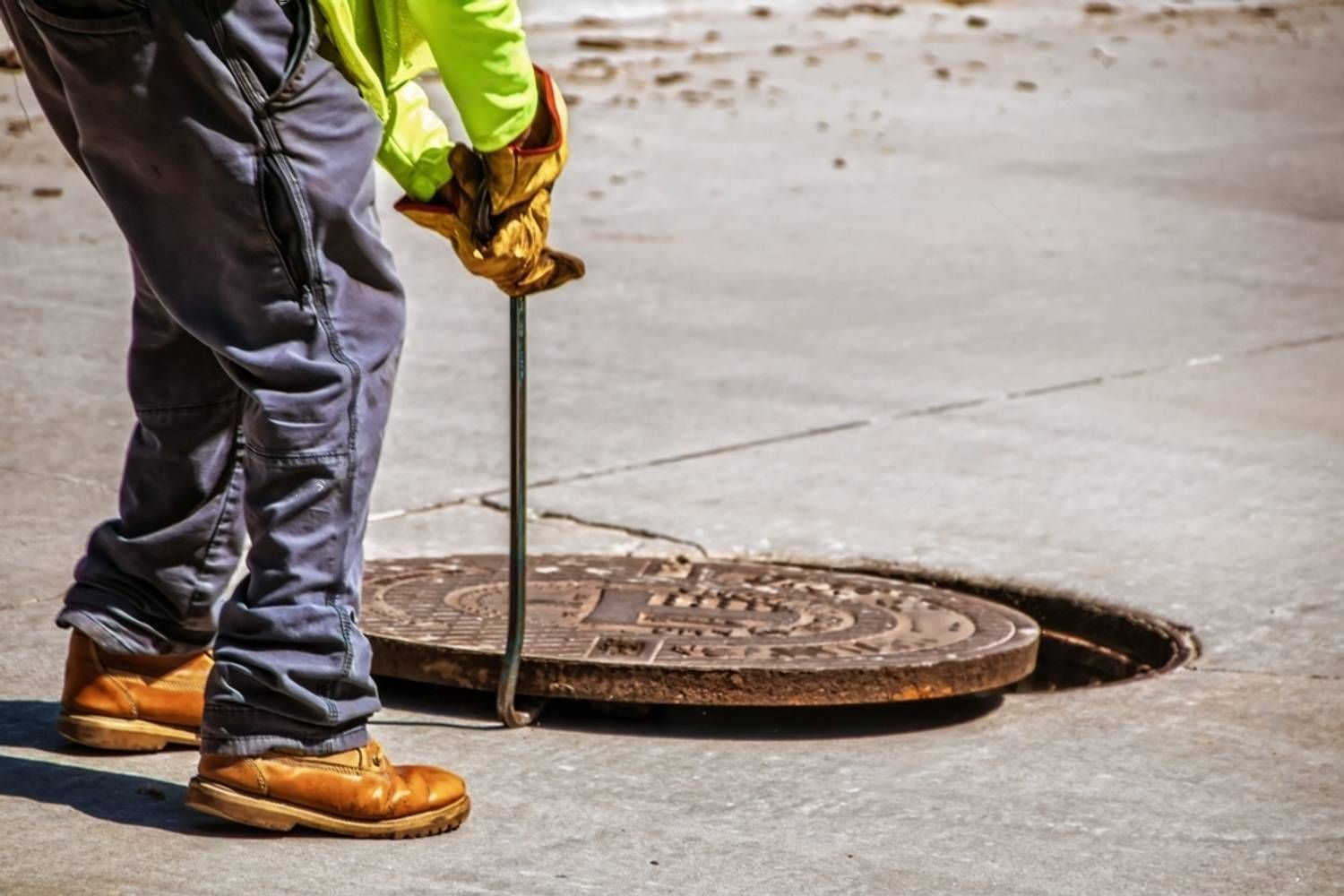Most Australians will tell you all about the dangers of stormwater build-up during rainy seasons. The idea of people getting swept up in fast moving water may seem unlikely, but it’s a risk that many regions across Australia must plan to prevent. As discussed in our previous blog about preparing for storm seasons, installing and maintaining infrastructure plays a large role in ensuring this prevention.
In this blog, we’re going to be covering the perfect contender for dealing with rainwater build up – the kryptonite of raging storms: concrete stormwater pits. If you’re interested in learning how they work and how they’re installed, you’ve come to the right place
-
What is the purpose of a stormwater pit?
A concrete stormwater pit is a water collection, storage, and drainage system that collects runoff stormwater to divert it away from roadways, pathways, and other public spaces. It functions as a safe way to remove water from areas where hazardous build-up can occur, limiting risk of injury or complete flooding.
When lengthly periods of rainfall occur and there’s nowhere for it to go, you end up with waterlogged roadways and paths – parks under water and creeks overflowing. And while big puddles are fun to drive through or splash in, collected water poses a safety risk to anyone in the area. Stormwater drainage pits have been used across Australia to limit build-up and divert water to appropriate areas the safe and secure way.
-
What size are stormwater pits in Australia?
Typical concrete stormwater pit sizes in Australia vary based on factors like local regulations and intended use. Some common sizes include:
- Residential Areas: 600 mm x 600 mm x 600 mm to 900 mm x 900 mm x 900 mm.
- Commercial Areas: 1200 mm x 1200 mm x 1200 mm to 1800 mm x 1800 mm x 1800 mm.
- Industrial Areas: 1800 mm x 1800 mm x 1800 mm to 2400 mm x 2400 mm x 2400 mm or larger.
Specific project requirements and local regulations should be considered when determining stormwater pit sizes. Depending on your local council and size requirements, concrete stormwater pits may require a unique sizing. We encourage you to consult local authorities or engineering professionals.
-
What is a stormwater riser?
A riser is designed to increase the depth of concrete stormwater pits. They are available from a range of sources, including Manhole Form Hire, and are light weight and easy to install. Pit risers are ideal for increasing the depth of any concrete pit boxes, allowing you the customisability you need for your project.
By incorporating a stormwater riser, you can enhance the capacity of the pit to handle larger volumes of stormwater runoff, improving overall drainage efficiency. These risers offer a convenient solution when you need to make alterations to your stormwater drainage pit.
-
Is a stormwater drainage pit the same as a rainwater pit?
A rainwater pit, also known as a rainwater harvesting pit or a rain garden, is designed to collect and store rainwater for various uses, such as irrigation or non-potable water needs. It’s an excavated pit or basin that captures rainwater from rooftops or paved areas and allows it to drain through into the ground. Rainwater pits often use permeable materials, such as gravel or porous concrete, to facilitate water absorption into the soil.
A rainwater pit can also sometimes refer to a stormwater drainage pit, as people often confuse the two terms. But the two serve different functions.
Need to install a stormwater pit? We can help!
At Manhole Form Hire, we offer a wide variety of products to facilitate manhole and other infrastructure installations. Our stormwater pits hire options are perfect for creating concrete stormwater pits on your site, and our risers can also help you adjust their depth quick and easy. Unlike precast concrete pits, these stormwater pit forms are completely customisable. You can help keep the floods at bay by installing stormwater drainage pits with our custom pits built for your project needs, so contact us today.
Get a quick quote
We will get back to you as soon as possible.
Please try again later.
Contact us
If you have any questions about our manhole form hire options or any of our other products, don't hesitate to contact us. Servicing across Australia, including Queensland, New South Wales, and Victoria, our team of experts are always ready to help you find the right manhole forms for your needs and provide support. Whether you’re building a manhole for civil or council purposes, our forms are perfect for you. Either fill in our enquiry form or give us a call to get in touch today.
2 Freight St, Gold Coast QLD 4207, Australia
Trading Hours
- Mon - Thu
- -
- Friday
- -
- Sat - Sun
- Closed
Products

